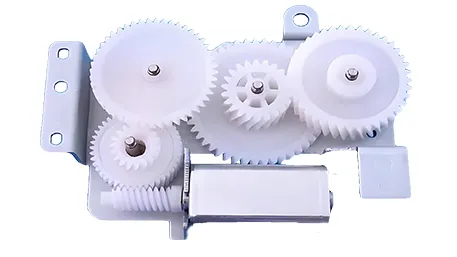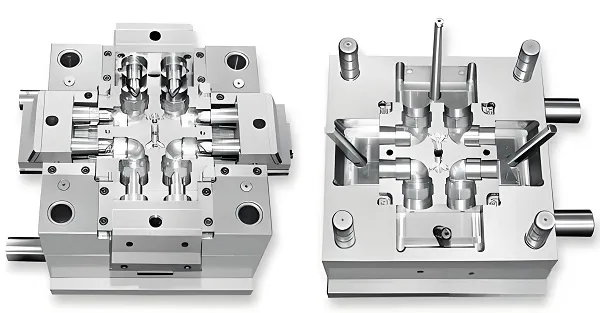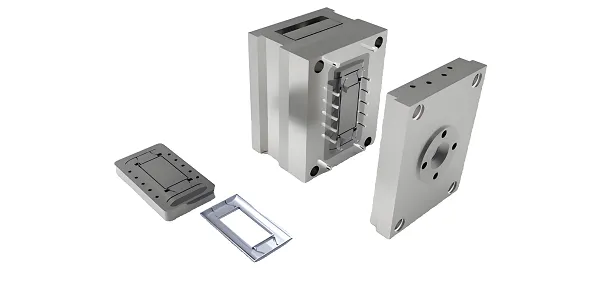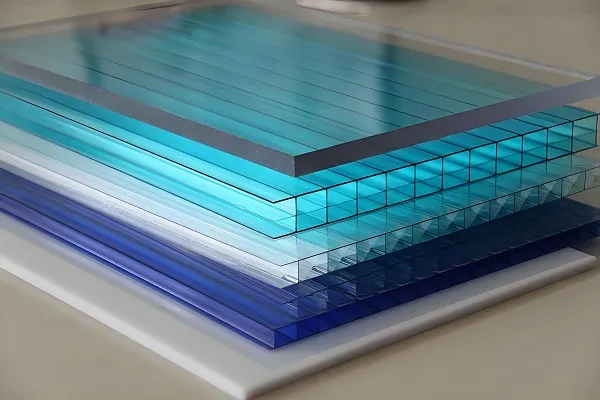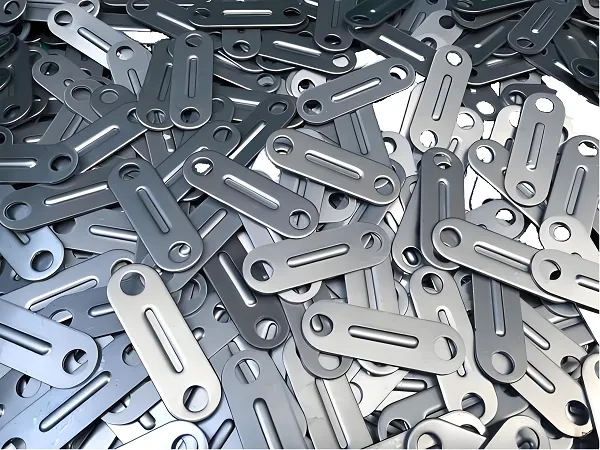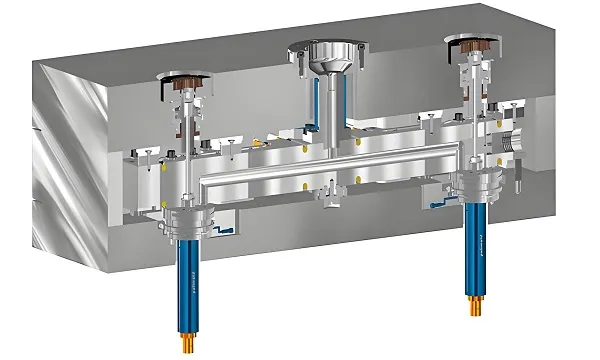Against the backdrop of a soaring demand for high – precision and complex components in modern manufacturing, CNC machining and milling services have become a crucial bridge connecting design creativity and precision manufacturing. Relying on data – driven precise processes, advanced equipment, and full – process quality control, CNC machining and milling services achieve the leap from “extensive processing” to “intelligent manufacturing”.
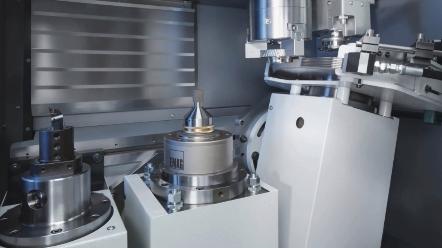
I. Why is Traditional Machining Difficult to Meet the Needs of Modern Manufacturing?
Q&A: What are the core advantages of CNC machining and milling services?
Traditional machining has three core pain points when dealing with modern component manufacturing:
Traditional machining has three core pain points when dealing with modern component manufacturing:
- Imbalance between precision and efficiency: Manual operation or machining with ordinary machine tools often results in dimensional tolerances of ±0.1 – 0.2mm. Complex curved surfaces require multiple set – ups, leading to large cumulative errors. The processing time per piece is 2 – 3 times that of CNC machining, making it difficult to meet the demands of high – precision and high – volume production.
- Limited processing of complex structures: For complex structures such as deep cavities, thin walls, and undercuts, traditional processing methods need to split processes or add fixtures. This not only reduces efficiency but also easily creates processing blind spots, resulting in a scrap rate as high as 15% – 20%.
- Inadequate material adaptability: When facing difficult – to – machine materials such as titanium alloy, stainless steel, and engineering plastics, ordinary cutting tools wear severely, and it is difficult to precisely control cutting parameters. The material loss rate increases by 30% – 40%, keeping costs high.
However, CNC machining and milling services take “high precision, high efficiency, and high adaptability” as the core:
- Full – process precise control:
- Dimensional accuracy assurance: High – precision CNC machine tools (positioning accuracy ±0.005mm, repeat positioning accuracy ±0.002mm) are used, combined with on – line measurement and compensation technology, to control the dimensional tolerance of parts within ±0.01mm, meeting the strict requirements of fields such as aerospace (±0.003mm) and medical equipment (±0.005mm).
- Process optimization for efficiency improvement: CAM software is used to simulate the machining path and optimize cutting parameters (spindle speed, feed rate, cutting depth), reducing idle – travel time by 40%. At the same time, tool wear is reduced, processing efficiency is increased by 50%, and the unit cost is decreased by 25%.
- Data – driven flexible manufacturing: Based on the customer’s 3D model data, machining codes are quickly generated, supporting multi – variety and small – batch customized production. The cycle from order confirmation to the delivery of the first piece is shortened by 60%, helping enterprises quickly respond to market demands.
II. How Does the Core Process of CNC Machining and Milling Achieve Efficient and Precise Manufacturing?
- Advanced equipment and tool technologies
- High – precision CNC machine tools: Five – axis 联动加工中心 (spindle speed 24,000rpm) and high – speed milling machines (rapid traverse speed 60m/min) are equipped. Complex curved surfaces, inclined holes, cross – grooves, etc. can be processed in one set – up, avoiding multiple – set – up errors and improving processing accuracy by 40%.
- High – performance tool systems: Coated carbide tools (TiAlN, TiCN coatings), PCD (polycrystalline diamond) tools, and CBN (cubic boron nitride) tools are used. Tool geometric parameters are optimized for different materials (metals, plastics, composites), increasing the cutting speed by 3 – 5 times and extending the tool life to 8 – 10 hours.
- Intelligent fixtures: Vacuum – adsorption fixtures (suction force ≥ 80kPa), hydraulic fixtures, and elastic collets are developed. For thin – wall parts (wall thickness ≤ 0.5mm), a split – type support structure is used to reduce clamping deformation. An automatic tool – change system (tool – change time < 2 seconds) is equipped to improve processing continuity.
- Digital machining processes
- CAM programming optimization: Software such as MasterCAM and UG NX is used for tool – path planning. Advanced strategies such as contour milling, helical interpolation, and trochoidal milling are adopted to avoid sudden tool entry and exit, reducing cutting – force fluctuations by 30% and improving surface quality (Ra ≤ 0.8μm).
- High – speed milling technology: When processing materials such as aluminum alloy and engineering plastics, high spindle speeds (15,000 – 40,000rpm) and small cutting depths (0.1 – 0.5mm) are used to reduce cutting heat, achieve high – precision machining of thin – wall parts (0.3mm), and improve surface finish.
- Micro – milling processing: For small parts (size < 10mm) and micro – structures (hole diameter 0.1mm, groove width 0.2mm), micro – milling equipment with a micron – level resolution (0.1μm) is used, combined with a microscopic vision system, to achieve nanometer – level machining accuracy, meeting the needs of industries such as semiconductors and watches.
- Intelligent production control systems
- Machining simulation verification: VERICUT software is used to simulate the CNC machining process, predict the distribution of cutting force, cutting heat, and tool interference, optimize machining parameters and tool paths, reduce the number of trial – cuts by 90%, and avoid material waste and equipment collision accidents.
- Real – time parameter adjustment: The machine tool is equipped with sensors to real – time collect more than 50 parameters such as spindle power, cutting force (accuracy ±1N), and vibration (resolution 0.1μm). The AI algorithm automatically adjusts the feed rate and cutting depth to compensate for tool wear, ensuring stable processing accuracy and increasing the product qualification rate from 82% to 96%.
- Digital – twin monitoring: A digital – twin model is created for each machining project to real – time track processing progress, equipment status, and quality data, predict the trend of machining errors, adjust the process in advance, and achieve preventive maintenance, reducing unplanned downtime by 40%.
III. Quality Control: Stringent Verification throughout the Chain from Design to Delivery
- Multi – dimensional performance testing system
- Raw material inspection:
- Component analysis: The chemical composition of metal materials (aluminum alloy, titanium alloy) is detected by a spectrometer to ensure that the element content meets ASTM and GB standards. For plastics and composites, melt – flow index and density tests are carried out to verify the consistency of material properties.
- Mechanical properties: A universal material testing machine is used to detect tensile strength, yield strength, and impact toughness, and a hardness tester is used to measure material hardness to ensure that the materials meet the design requirements.
- Finished – product inspection:
- Dimensional inspection: A coordinate – measuring machine (accuracy ±0.003mm) and an articulated – arm measuring machine are used to detect the key dimensions and geometric tolerances (roundness ≤ 0.005mm, flatness ≤ 0.01mm) of parts. For small parts, scanning electron microscopy (SEM) is used for nanometer – level dimensional analysis.
- Surface quality: A white – light interferometer (accuracy 0.1nm) is used to measure surface roughness, and a metallographic microscope (500 – times magnification) is used to detect surface micro – defects to ensure that there are no cracks, burrs, etc.
- Function testing: For assembly – type parts, fit – clearance detection (accuracy ±0.002mm) and sealing testing (air pressure 0.8MPa, holding pressure for 30 seconds) are carried out. For moving parts, dynamic – balance testing is carried out to ensure that they meet the actual use requirements.
- Raw material inspection:
- Intelligent defect – prevention technologies
- First – piece twelve – inspection system: The engineering team strictly inspects 40 indicators of the first – piece part, such as material batch, tool parameters, and machining dimensions, intercepting potential defects.
- Real – time process monitoring: Through a tool – wear monitoring system (resolution 0.001mm) and vibration sensors, real – time warnings of abnormalities such as tool breakage and cutting chatter are given, and the machine is automatically stopped and the tool is replaced to prevent batch non – conformities.
IV. How Does CNC Machining Service Balance Efficiency and Cost?
Q&A: Does high – precision machining mean high cost and low efficiency?
Through three innovative models, CNC machining and milling services achieve a 30% – 40% cost reduction and a 50% efficiency increase:
Through three innovative models, CNC machining and milling services achieve a 30% – 40% cost reduction and a 50% efficiency increase:
- Tool – life management: An intelligent tool – management system is used to real – time monitor the tool – wear state, predict the tool life (error < 5%), replace the tool in advance, reduce downtime by 20%, and reduce tool costs by 35%.
- Process integration optimization: Multiple processes such as milling, drilling, boring, and tapping are integrated on one device, reducing the number of set – ups, increasing processing efficiency by 40%, and at the same time reducing equipment and labor costs.
- Digital collaborative production: The MES system is used to integrate order, process, equipment, and material data, realizing automatic production – plan scheduling. The equipment utilization rate is increased from 60% to 85%, further reducing costs.
V. Core Considerations for Choosing CNC Machining and Milling Services
- Equipment and technical strength: The supplier should have advanced equipment such as five – axis machining centers, high – speed milling machines, and micro – milling equipment, as well as core technologies such as coated – tool application and intelligent fixture design.
- Industry – certification qualifications: Have certifications such as ISO 9001, AS9100 (aerospace), and ISO 13485 (medical), as well as third – party test reports, ensuring that products meet industry standards.
- Digitalization ability: Have digital tools such as CAM programming, machining simulation, and MES systems to achieve full – process data – driven and ensure efficient and controllable processing.
Conclusion
CNC machining and milling services, driven by advanced technologies and intelligent management, break through the bottlenecks of traditional machining and provide high – precision and high – efficiency component manufacturing solutions for industries such as automotive, aerospace, medical, and electronics. In the trend of the transformation of the manufacturing industry towards intelligence and precision, CNC machining services with “advanced equipment + digital processes + full – chain quality control” are becoming the key support for enterprises to enhance competitiveness and achieve innovative development. From precision mold manufacturing to complex component processing, CNC machining and milling services will continue to help every design idea land efficiently with excellent precision and efficiency, promoting the high – quality development of the manufacturing industry.
(Contact us immediately to obtain a customized CNC machining and milling solution and a free process evaluation service)
(Contact us immediately to obtain a customized CNC machining and milling solution and a free process evaluation service)

